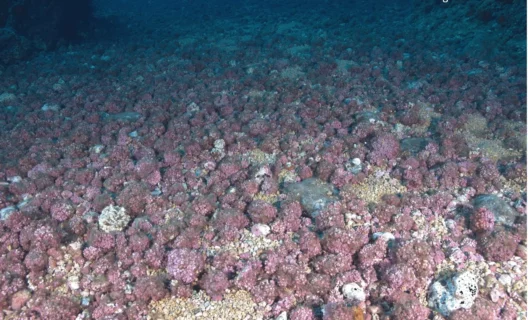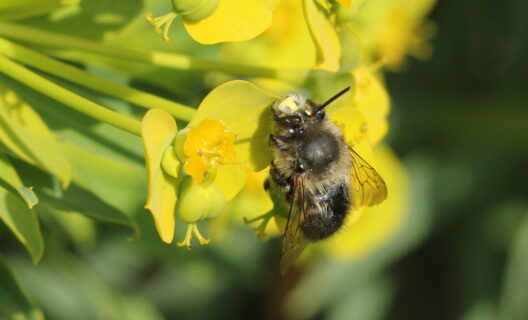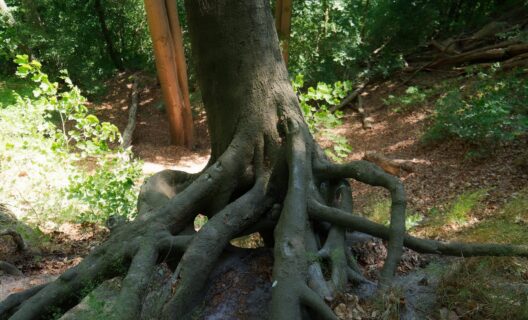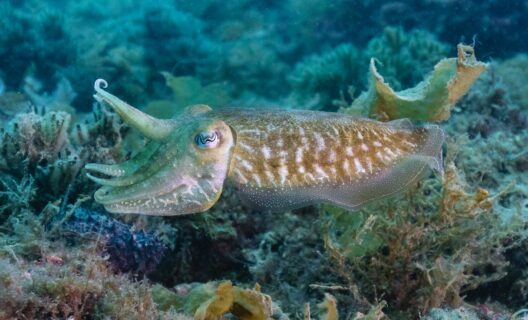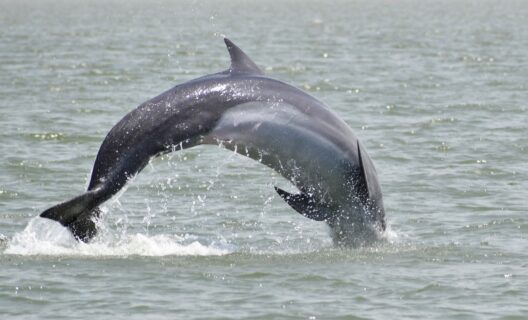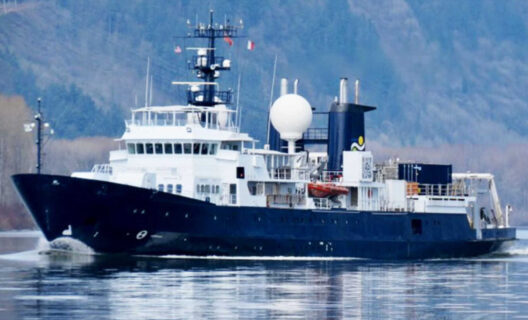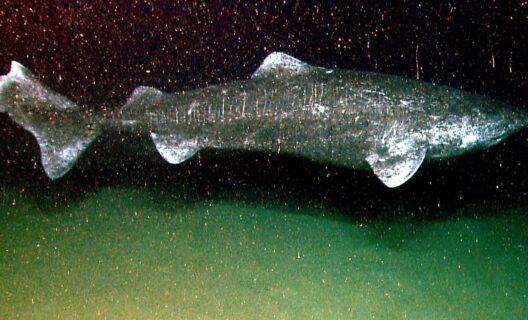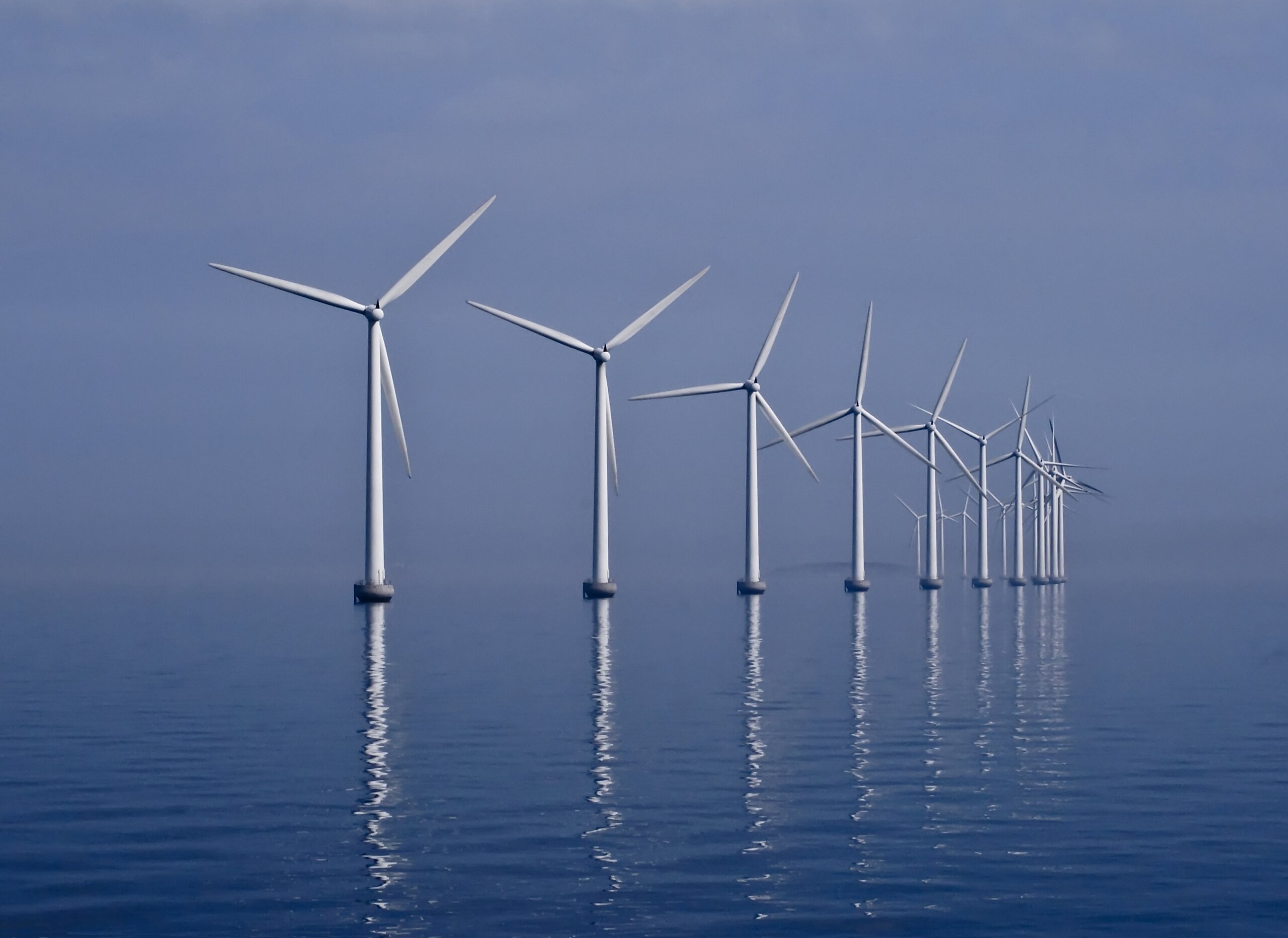

Reading time
0 min
New guidance on how to make this green energy source compatible with marine ecosystems
Offshore wind farms are a very promising source of green energy-but they can have a major impact on marine ecosystems. To address this limitation, a study published in Renewable and Sustainable Energy Reviews-in which researchers from the Anton Dohrn Zoological Station, the Polytechnic University of Marche and other Italian universities participated-outlines specific criteria for conducting a robust environmental impact assessment (EIA) while complying with the principle of “Do no significant harm.”
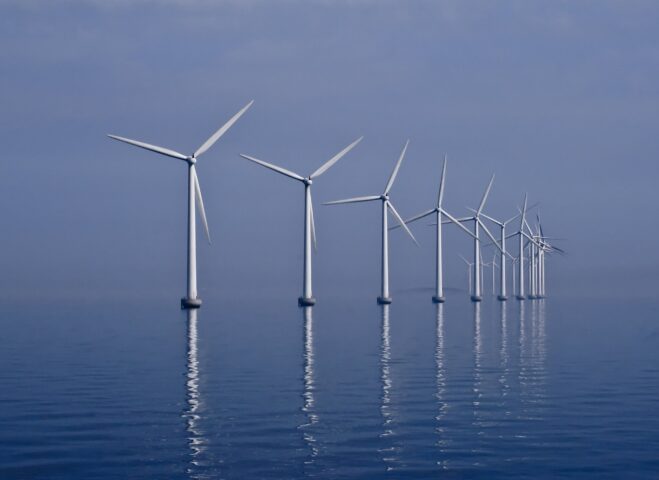
""
From wind, a valuable source of renewable energy
These plants, which harness the power of wind to produce electricity without emissions of greenhouse gases or other air pollutants, are potentially a great resource: they contribute to the ecological transition and decarbonization, in line with the goals of the Paris Agreement to reduce CO2 emissions and the Sustainable Development Goals of the UN 2030 Agenda. But to minimize their potential negative impacts, scholars warn, attention must be paid to several factors. Indeed, there are many marine habitats that can be damaged by it-and they extend from the sea surface to deep ecosystems.
""
The possible interferences
Interferences identified by the researchers include, for example, impact on planktonic organisms (because wind farms affect water circulation and thermal stratification), and consequently on all species that use these habitats for breeding and feeding; potential destruction of fragile ecosystems on the seafloor (such as cold-water coral reefs, gorgonian forests, and sponge fields); or disturbance of habitats that host threatened or endangered species.
""
A major problem then arises from the laying of submarine cables connecting the structures to the mainland, which can impact coastal ecosystems of high ecological value (such as Posidonia oceanica seagrass beds or microalgae forests).
""
How to best design and manage
To minimize environmental damage, the study authors suggest using a holistic approach that considers multiple factors during all phases of the project.
""
First, it is essential to conduct detailed mapping of marine habitats in the area of interest to identify the presence of vulnerable ecosystems, critical habitats for protected species, migratory routes of marine mammals, birds, and bats, and areas of ecological importance such as submarine canyons, seamounts, and abyssal plains. In this initial assessment, the research specifies, cumulative effects with other anthropogenic activities in the area, such as fishing, shipping and hydrocarbon extraction, should also be considered.
""
During construction, it is important to adopt techniques that minimize noise, vibration, and water turbidity, as well as continuously monitor the marine environment to detect any unforeseen impacts early and take corrective measures.
""
When the wind farm is in operation, mitigation measures such as sound deterrent systems (to keep birds away from wind turbines) or navigational corridors (for marine mammals) are recommended.
""
Finally, the researchers recommend involving stakeholders: an open and transparent dialogue with fishermen, local communities and other stakeholders, they say, is key to ensuring the social and economic sustainability of the project.
The journey goes on
Every story paves the way for the next: discover where biodiversity takes you


